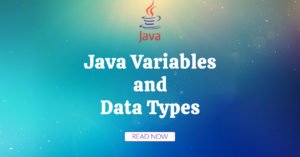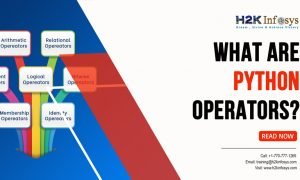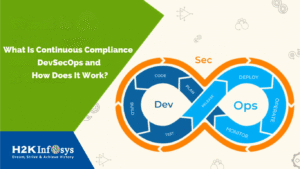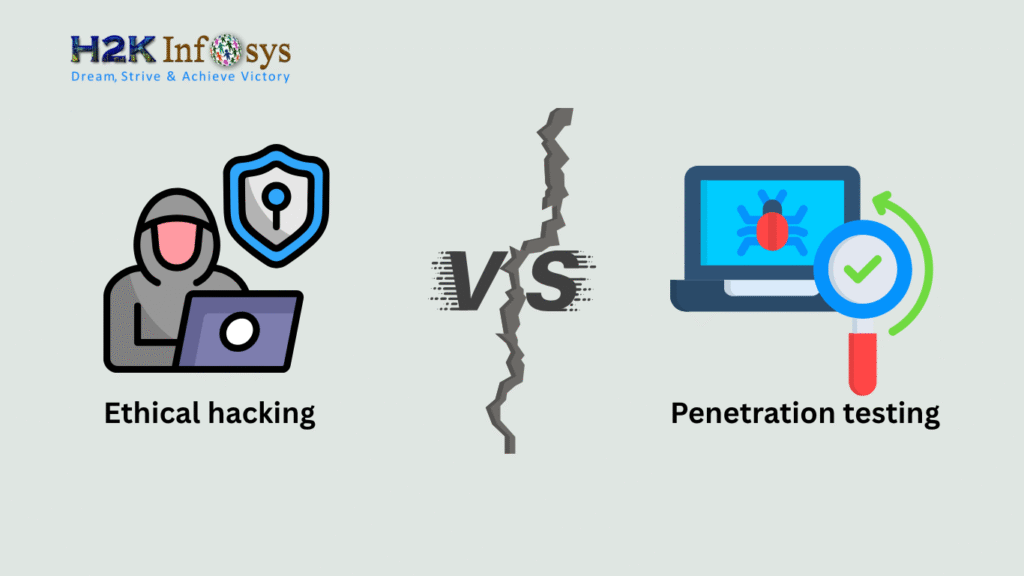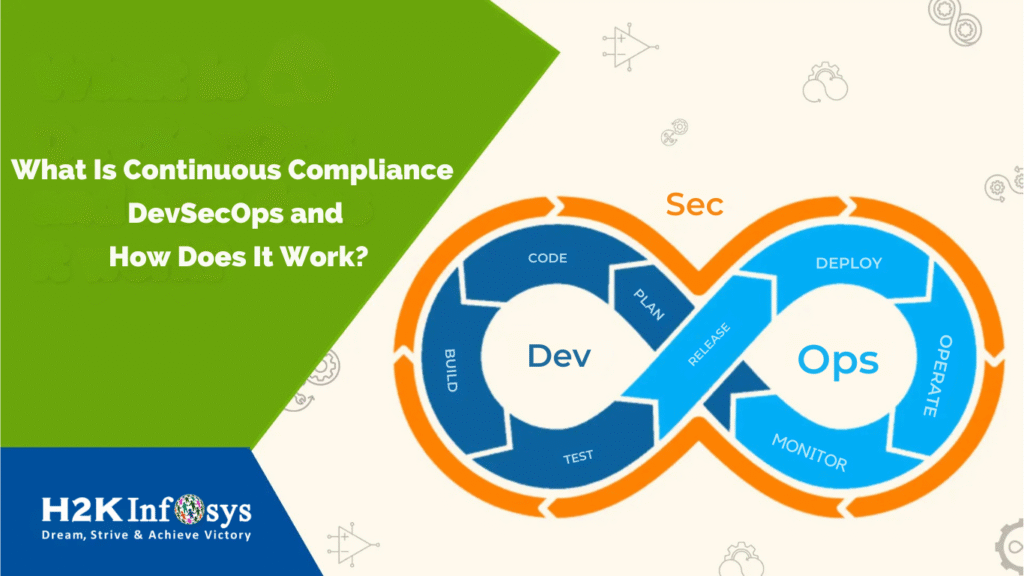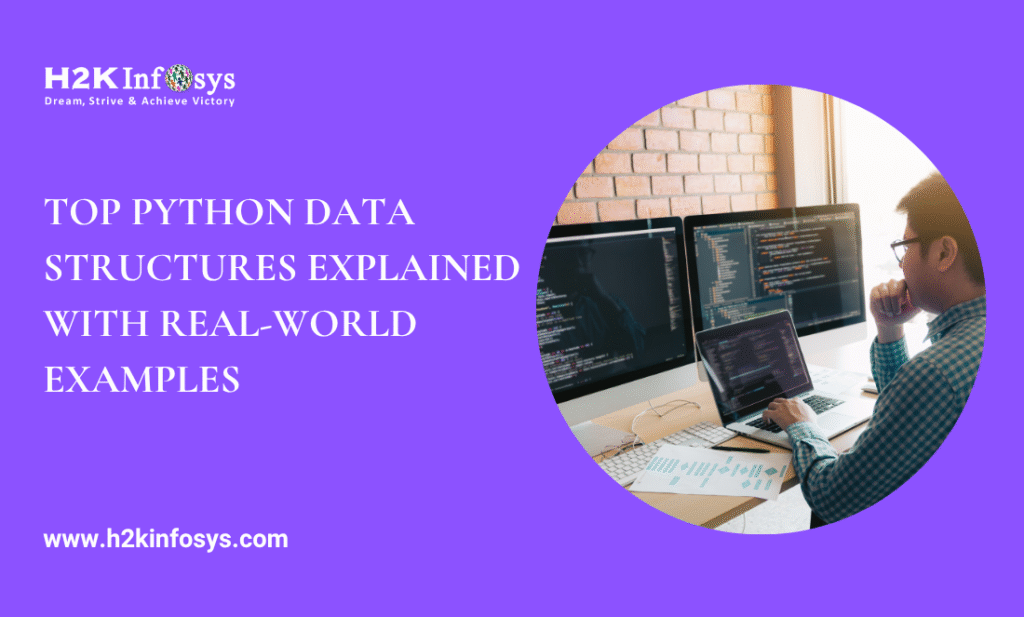As the fields of artificial intelligence and machine learning continue to grow, proficiency in frameworks like PyTorch and TensorFlow has become a valuable asset for data scientists. Both frameworks offer robust tools for developing deep learning models, and understanding their intricacies can set you apart in job interviews. This blog post covers essential PyTorch and TensorFlow interview questions, helping you prepare for your next data science interview.
Introduction to PyTorch and TensorFlow
Before diving into the interview questions, it’s important to understand what PyTorch and TensorFlow are and why they are widely used.
PyTorch is an open-source deep learning library created by Facebook’s AI Research team. Known for its dynamic computation graph and ease of use, PyTorch is popular for research and development.
TensorFlow, created by Google Brain, is also an open-source library for deep learning. It offers a comprehensive ecosystem of tools and libraries, making it a go-to choice for production-level machine learning applications.
General Questions
Q1: What are PyTorch and TensorFlow, and how do they differ?
Answer: PyTorch and TensorFlow are both deep learning frameworks used to build neural networks. The primary difference lies in their approach to computation graphs. PyTorch uses a dynamic computation graph, allowing for more flexibility and ease of debugging. TensorFlow, on the other hand, traditionally used a static computation graph, though recent updates (TensorFlow 2.x) have introduced eager execution, making it more dynamic.
Q2: Can you explain the concept of a tensor and its role in deep learning?
Answer: A tensor is a multi-dimensional array that serves as the fundamental data structure in both PyTorch and TensorFlow. Tensors are used to represent data, weights, and biases in neural networks. They facilitate efficient mathematical operations, such as matrix multiplication, which are essential for training deep learning models.
PyTorch-Specific Questions
Q3: What is the significance of the torch.autograd package in PyTorch?
Answer: The torch.autograd package in PyTorch is an automatic differentiation library that powers neural network training. It monitors all operations performed on tensors and calculates gradients automatically, simplifying the implementation of backpropagation. This feature is crucial for optimizing model parameters during training.
Q4: How do you create a custom dataset in PyTorch?
Answer: To create a custom dataset in PyTorch, you can subclass the torch.utils.data.Dataset class and override two methods: len (which returns the number of samples) and getitem (which retrieves a sample). This approach allows you to define how data is loaded and preprocessed.
Q5: What is the purpose of the DataLoader class in PyTorch?
Answer: The DataLoader class in PyTorch provides an efficient way to iterate over a dataset. It handles batching, shuffling, and loading data in parallel using multiprocessing, making it easier to train models on large datasets.
Q6: How can you convert a NumPy array to a PyTorch tensor?
Answer: You can convert a NumPy array to a PyTorch tensor using the torch.from_numpy() function. For example:
import numpy as np
import torch
numpy_array = np.array([1, 2, 3])
torch_tensor = torch.from_numpy(numpy_array)
TensorFlow-Specific Questions
Q7: What are TensorFlow Datasets, and how are they used?
Answer: TensorFlow Datasets (TFDS) is a collection of ready-to-use datasets for machine learning. They provide a consistent interface for accessing and preprocessing data, making it easier to train models. You can use TFDS to load datasets with the tf.data API, which supports efficient data pipelines.
Q8: How does TensorFlow’s tf.function work, and what are its benefits?
Answer: The tf.function decorator in TensorFlow converts a Python function into a TensorFlow graph. This transformation enables optimizations such as parallelism and compilation, improving performance. It also allows the function to be saved and deployed as part of a TensorFlow model.
Q9: What is the role of Keras in TensorFlow, and how does it simplify model development?
Answer: Keras is a high-level API integrated into TensorFlow, providing a user-friendly interface for building and training deep learning models. It simplifies model development by offering pre-built layers, loss functions, and optimizers. Keras also supports easy model customization, making it accessible for beginners and efficient for experienced practitioners.
Q10: How do you save and load a trained model in TensorFlow?
Answer: In TensorFlow, you can save a trained model using the model.save() method, which saves the entire model, including the architecture, weights, and optimizer state. You can later load the model using the tf.keras.models.load_model() function. For example:
# Save the model
model.save('my_model.h5')
# Load the model
loaded_model = tf.keras.models.load_model('my_model.h5')Advanced Questions
Q11: How do PyTorch and TensorFlow handle GPU acceleration?
Answer: Both PyTorch and TensorFlow support GPU acceleration, which significantly speeds up the training process. In PyTorch, you can move a tensor to the GPU using the .to(‘cuda’) method. In TensorFlow, GPU support is automatically enabled if a compatible GPU is available. You can also manually set the device using tf.device(‘/GPU:0’).
Q12: What is transfer learning, and how can it be implemented in PyTorch and TensorFlow?
Answer: Transfer learning involves using a pre-trained model on a new, similar task. In PyTorch, you can load a pre-trained model from torchvision.models and modify the final layers. In TensorFlow, you can use pre-trained models from tf.keras.applications and fine-tune the top layers for the new task.
Q13: How do you implement batch normalization in PyTorch and TensorFlow?
Answer: Batch normalization normalizes the inputs of each layer, improving training stability and convergence. In PyTorch, you can use the torch.nn.BatchNorm2d layer for 2D data, such as images. In TensorFlow, batch normalization can be added using tf.keras.layers.BatchNormalization.
Q14: What are some common challenges when training deep learning models, and how can they be addressed?
Answer: Common challenges include overfitting, underfitting, and vanishing/exploding gradients. Overfitting can be addressed by using regularization techniques, such as dropout and weight decay. Underfitting can be mitigated by increasing model complexity or training for more epochs. Gradient issues can be managed by careful initialization and using techniques like gradient clipping.
Practical Considerations
Q15: How do you choose between PyTorch and TensorFlow for a project?
Answer: The choice between PyTorch and TensorFlow depends on several factors, including the project requirements, ease of use, community support, and deployment needs. PyTorch is favored for research and experimentation due to its flexibility and dynamic graph, while TensorFlow is preferred for production due to its robust ecosystem and deployment capabilities.
Q16: Can you explain the concept of a computational graph and its significance in deep learning frameworks?
Answer: A computational graph is a visual representation of the mathematical operations and data flow in a deep learning model. It defines the sequence of operations and their dependencies, enabling automatic differentiation and efficient computation. Computational graphs are crucial for optimizing model training and deployment.
Conclusion
Mastering PyTorch and TensorFlow is essential for any aspiring data scientist, as these frameworks are widely used in the industry. Understanding the core concepts, key differences, and practical applications of these frameworks can help you excel in interviews and secure a position in the competitive field of data science. By preparing answers to the questions outlined in this blog post, you’ll be well-equipped to demonstrate your knowledge and skills to potential employers.




